The Costa Rica History is a tale of natural beauty, indigenous cultures, Spanish colonization, a commitment to democracy, and a reputation for peace in a region often marked by political turbulence. Situated in Central America, Costa Rica has managed to carve a distinct path through the centuries, with a unique blend of environmental stewardship, social progress, and a commitment to neutrality in international affairs. In this comprehensive exploration, we will delve into key periods and milestones, unraveling the layers of Costa Rica’s intricate and fascinating history.
Pre-Columbian Costa Rica:
Before the arrival of Christopher Columbus, the territory now known as Costa Rica was home to several indigenous groups, including the Huetar, Chorotega, and Bribri. These communities developed distinct cultures and ways of life, relying on agriculture, fishing, and hunting for sustenance.
The absence of large, centralized civilizations in Costa Rica distinguished it from other parts of Mesoamerica. Instead, a decentralized network of chiefdoms and villages characterized the region. The indigenous peoples of Costa Rica crafted intricate pottery, practiced agriculture, and participated in trade networks with neighboring cultures.
Spanish Colonization (16th – 18th centuries):
Spanish explorer Christopher Columbus was the first European to set foot in present-day Costa Rica during his fourth voyage in 1502. However, it was not until the early 16th century that Spanish colonization efforts intensified. In 1563, Cartago, the first Spanish settlement, was established in the central highlands of Costa Rica.
Unlike other regions in Latin America, Costa Rica did not possess significant mineral wealth, such as gold or silver, which lessened the intensity of Spanish exploitation. The lack of exploitable resources also contributed to the limited influence of the Spanish crown and the Catholic Church in the region. Costa Rica remained a relatively peripheral part of the Spanish empire.
The Spanish settlers in Costa Rica engaged in agriculture, cultivating crops such as sugarcane, tobacco, and later, coffee. The mestizo population, born from the intermingling of Spanish and indigenous peoples, became a significant demographic group.
Era of Independence (19th century):
Costa Rica’s journey to independence unfolded against the backdrop of broader movements in Central America. In 1821, the Captaincy General of Guatemala, which included Costa Rica, declared its independence from Spanish rule. Costa Rica initially joined the newly formed Mexican Empire under Agustín de Iturbide but later became part of the Federal Republic of Central America.
The period following independence was marked by political instability and regional conflicts. Costa Rica, however, distinguished itself by its relatively peaceful trajectory. While other Central American nations grappled with internal strife and power struggles, Costa Rica experienced a smoother transition to self-governance.
In 1838, Costa Rica formally withdrew from the Federal Republic of Central America and declared itself a sovereign and independent nation. The move towards autonomy was facilitated by the absence of a strong military presence and a tradition of consensus-based decision-making.
Coffee Boom and Economic Transformation (19th – 20th centuries):
The latter half of the 19th century saw the emergence of coffee as a key economic driver in Costa Rica. The fertile volcanic soils and favorable climate in the central highlands provided an ideal environment for coffee cultivation. Coffee quickly became the country’s principal export, shaping its economy and society.
The rise of coffee production led to economic prosperity and the emergence of a coffee oligarchy. However, the relative absence of large landholdings prevented the extreme concentration of wealth seen in some neighboring countries. The economic success of coffee also facilitated the development of infrastructure, including roads and railways, which connected coffee-producing regions to coastal ports.
Despite economic progress, social and political challenges persisted. The rural population, including indigenous communities, often faced economic disparities, and access to political power remained limited.
Formation of a Stable Democracy (20th century):
Costa Rica’s 20th-century history is notable for its commitment to democratic governance. The country navigated the challenges of the early 1900s, including the effects of the Great Depression, through a series of democratic elections.
In 1948, Costa Rica experienced a brief but intense civil war known as the Costa Rican Civil War or the “La Campaña Nacional de 1948.” The conflict arose from tensions between supporters of the ruling government and those advocating for social and political reforms. José Figueres Ferrer, a key figure in the conflict, emerged victorious, and the war marked the beginning of significant political and social changes.
Figueres abolished the military in Costa Rica, declaring it unnecessary for the country’s defense and stability. This decision set Costa Rica apart from many of its Central American neighbors, which continued to grapple with military interventions and coups.
The post-war period witnessed the establishment of social welfare programs, land reforms, and efforts to improve education and healthcare. Costa Rica’s commitment to social progress contributed to its reputation as a stable and socially progressive nation.
Neutrality and International Presence (20th century – present):
One of the defining characteristics of Costa Rica’s foreign policy is its commitment to neutrality. The country has maintained a stance of non-intervention in the affairs of other nations and has not maintained a standing army since 1948.
This commitment to peace and neutrality has allowed Costa Rica to avoid the armed conflicts that plagued other Central American countries during the latter half of the 20th century. The absence of military involvement has also contributed to the nation’s ability to allocate resources to social programs and economic development.
Costa Rica’s international presence extends beyond its commitment to peace. The country has been a strong advocate for environmental conservation and sustainable development. Its rich biodiversity and emphasis on conservation have led to the establishment of national parks and reserves, making Costa Rica a global leader in ecotourism.
In 1987, Costa Rica gained international recognition for its efforts to mediate the Esquipulas Peace Agreement, which aimed to bring peace to the conflict-ridden nations of Central America. Óscar Arias Sánchez, then President of Costa Rica, received the Nobel Peace Prize in 1987 for his role in the peace process.
Contemporary Challenges and Opportunities (21st century):
As Costa Rica entered the 21st century, it faced a new set of challenges and opportunities. The country continued to emphasize environmental sustainability, with policies aimed at promoting renewable energy, protecting biodiversity, and mitigating the impacts of climate change.
Costa Rica also experienced economic diversification beyond agriculture, with a growing focus on technology, tourism, and services. The tourism sector, in particular, has flourished, drawing visitors to the country’s natural wonders and eco-friendly destinations.
While Costa Rica has enjoyed a reputation for stability and progressive policies, it is not immune to challenges. Issues such as income inequality, urbanization, and the need for infrastructural development have been subjects of national debate. The country has also faced pressures related to illegal drug trafficking and transnational crime, issues that have affected the broader Central American region.
In recent years, Costa Rica has seen shifts in political leadership and debates over economic policies, social programs, and environmental conservation. The country’s commitment to democracy and the active participation of its citizens in political processes have been key elements in addressing these challenges.
Conclusion:
Costa Rica’s history is a testament to the nation’s ability to chart a distinct course in the midst of regional challenges. From its pre-Columbian roots through Spanish colonization, independence, and the coffee boom, to its commitment to democracy, peace, and environmental stewardship, Costa Rica has forged a unique identity in Central America.
The nation’s emphasis on social progress, neutrality, and environmental conservation has not only shaped its own trajectory but has also had a broader impact on international discourse. Costa Rica stands as a model of stability and sustainable development in a region often marked by political turbulence.
As Costa Rica continues into the 21st century, its history serves as a guidepost for the challenges and opportunities that lie ahead. The nation’s commitment to peace, democracy, and environmental sustainability provides a foundation for building a future that reflects the values of its people and the unique character of this “rich coast” in the heart of Central America.


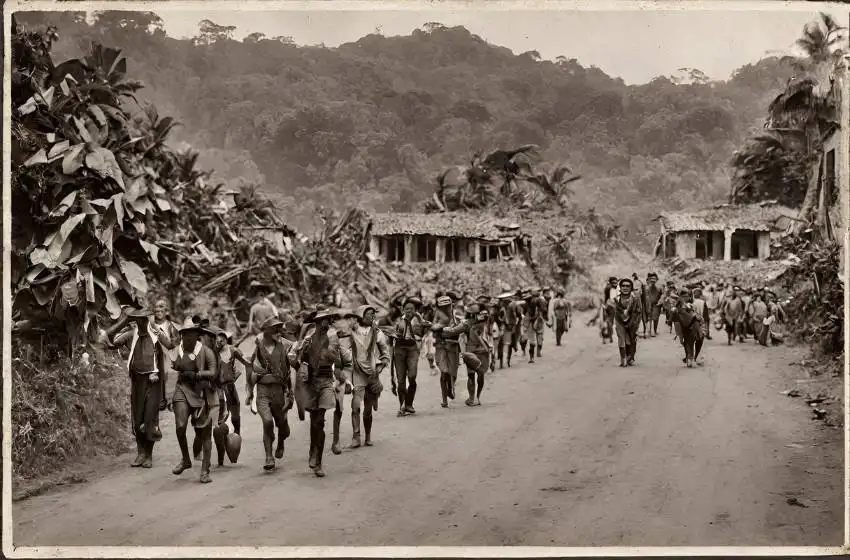
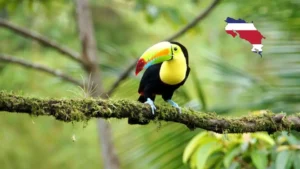




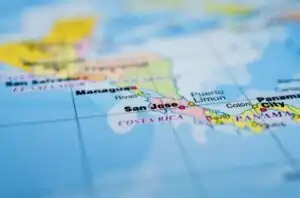

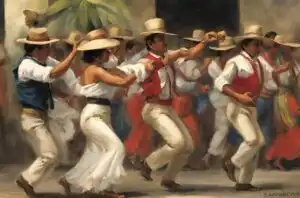

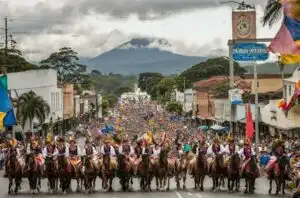




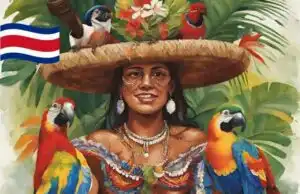


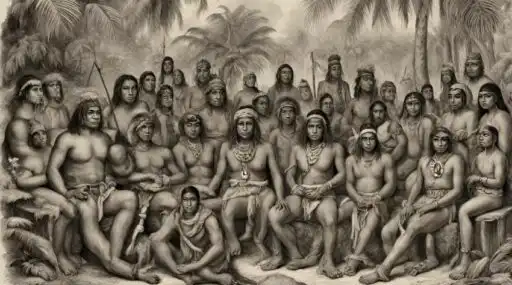
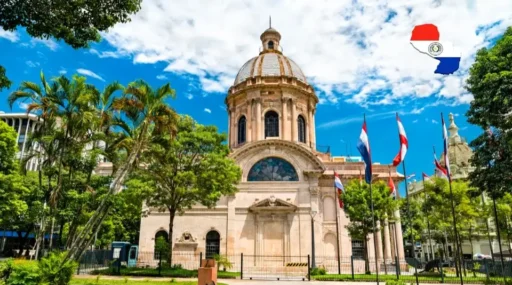
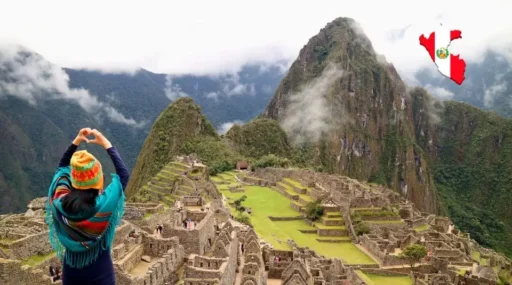


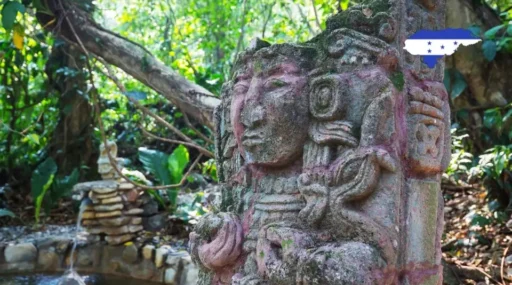



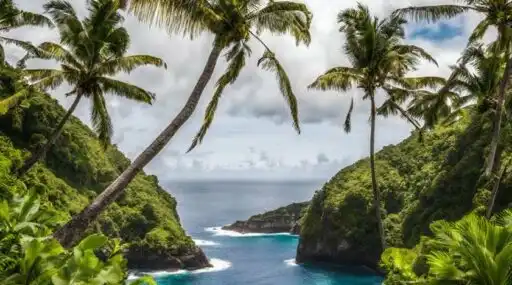



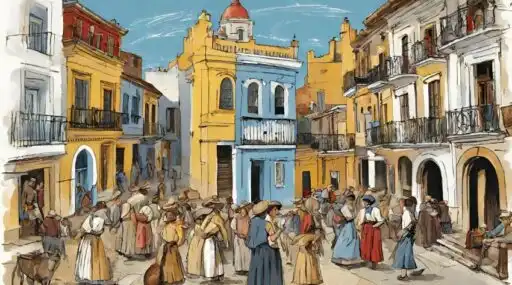
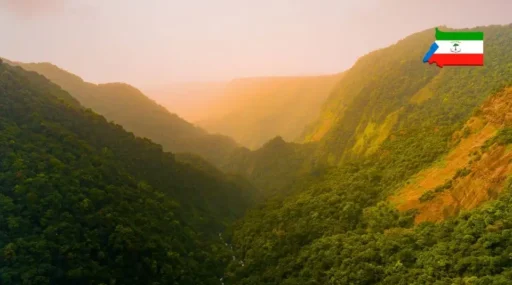











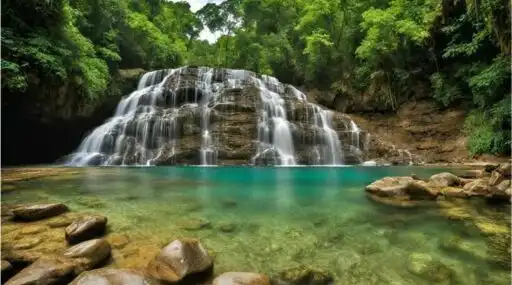


Leave a Reply